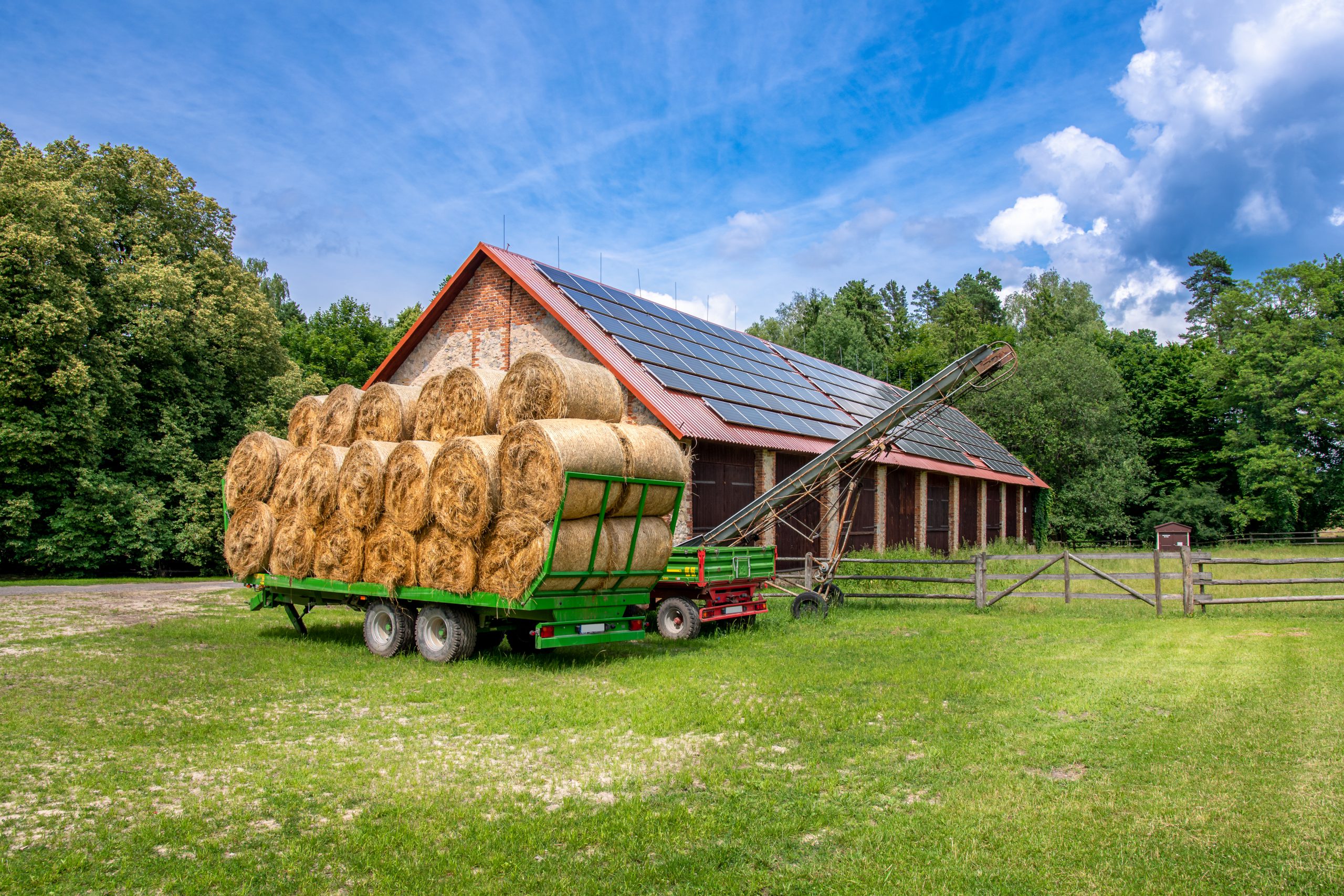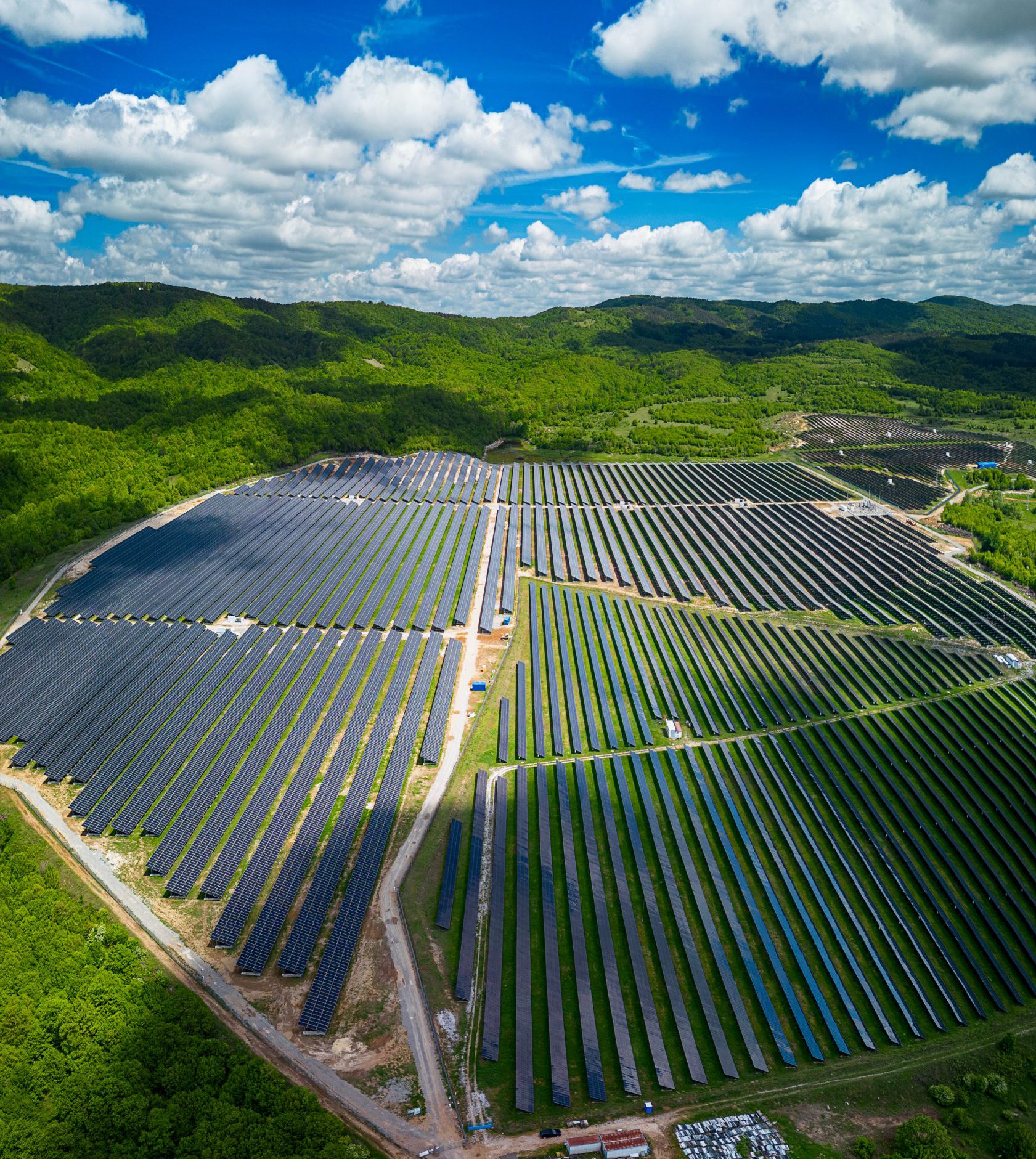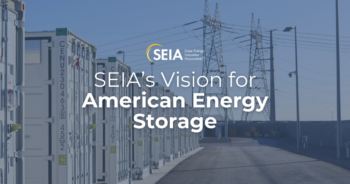managing growth
Introduction
In order for solar and clean energy to become a major piece of the U.S. electricity system, our industry must manage our growth and remove potential barriers before they pose greater risk to long-term success. We face challenges on issues such as land use, recycling and workforce development, and these issues will only become more impactful as deployment levels increase. Developing strategies for these impacts now, rather than waiting until they become impossible to ignore, is a core focus for SEIA.

managing growth
Topics
-
Workforce Development
SEIA is leading the industry in coming together to build a more diverse, inclusive, equitable, and resilient solar+ storage workforce.
-
Land Use & Solar Development
With thoughtful preparation, solar development can be a net positive for the environment and a boon for local communities.
-
Circular Economy
SEIA is working to foster a circular economy approach to clean energy that accounts for the life cycle of our products.
-
Consumer Protection
SEIA has developed resources designed to safeguard customer rights, and is establishing pro-competitive guidelines for the solar industry to enhance consumer protection.
-
Codes & Standards
SEIA monitors and participates in the development of product standards and building codes on behalf of the solar industry.
-
Standards Development
By developing accredited national standards, SEIA is proactively tackling issues that build confidence among customers, regulators, investors, rating agencies, and other stakeholders.





